The report, “Digitalization in Off-Grid Systems,” tackles a pressing challenge in the rapidly evolving off-grid sector: how to choose and implement digital tools that actually enhance project effectiveness while keeping costs and operational complexity in check.
Making sense of the digital maze
Rather than throwing operators into the deep end of the pool with a bunch of tools, the study organises everything around four key phases: Development, Implementation, Operation and Maintenance, and Capacity Development. It’s a practical approach that helps figure out exactly where digitalization can make the biggest difference in a project.
For the development phase, Geographic Information Systems (GIS) and remote sensing are the clear winners for site identification and planning. These aren’t just fancy mapping tools — they provide precise data on solar irradiation, topography, and local energy demand patterns. Platforms like vidaGIS, ArcGIS, and the Energy Access Explorer have proven their worth in the field, helping developers avoid costly mistakes before breaking ground.
During implementation, digital project management platforms become your best friend. Tools like HOMER, PVsyst, and Sunny Design don’t just crunch numbers—they handle everything from component selection to grid simulation. Anyone who’s dealt with remote installations knows how critical it is to get logistics and coordination right, and these tools can mean the difference between staying on schedule and budget overruns.
Where the real magic happens
The operation and maintenance phase is where digitalisation really shines. IoT devices, sensors, and cloud-based monitoring platforms have transformed how we manage off-grid systems. Instead of waiting for something to break, you can spot issues before they become expensive problems.
Customer management systems deserve special attention here, especially for mini-grid operators. Platforms like MicroPowerManager, SparkMeter, and PineBerry have solved real headaches around billing, mobile money integration, and customer support.
Not all tools are created equal
One of the report’s most important contributions is a seven-point framework for evaluating digital tools: interlinkages to other digital tools, user interfaces, process assistance, flexibility, transparency, data protection, and potential of integrating AI capabilities. The authors created an open-source survey that lets operators systematically assess tools instead of guessing.
During their pilot testing, something interesting emerged: 79% of responses about data protection were “I don’t know.” That’s either a wake-up call about user awareness or a sign that tool developers need to do better at explaining how they handle sensitive data.
Where to start (and what to prioritise)
Not every part of your project needs digitalisation right away. The report identifies high-impact areas where mature tools can deliver immediate benefits: consumer site identification, system optimisation, remote monitoring, customer relationship management, and mobile payments.
These aren’t random recommendations, as they’re based on what’s working in the field right now. Remote monitoring tools like AMMP and Odyssey are already helping operators catch problems early and improve system uptime. Mobile payment platforms are boosting collection rates and making life easier for customers.
The reality check
Of course, implementing digital tools in off-grid contexts comes with real challenges. Reliable internet is still a major constraint in many areas where these systems operate. There is also a need for experts who know how to use these tools effectively, which means investing in training and capacity building.
Cybersecurity is becoming a bigger concern as well. As systems get more connected, they become potential targets. The report emphasises the need for proper security protocols, an aspect that can be easily overlooked.
Moreover, the capacity development piece often gets shortchanged, but it’s crucial for long-term success. Digital training platforms from companies like SMA Solar Academy and Victron Energy show how online learning can build local technical capabilities at scale.
What’s next
The comprehensive catalog of over 70 digital tools in the report’s annex (available on Energypedia for ongoing updates) serves as a practical starting point. But the real value is in the systematic approach: match tool selection to project phase and implementation capacity.
Digitalisation is a long-term enabler for resilient off-grid systems, but it requires careful tool selection and investment in people. For practitioners in the off-grid space, this IEA PVPS report offers a roadmap that’s grounded in real-world experience rather than marketing hype.
This article is part of a monthly column by the IEA PVPS programme. It was contributed by IEA PVPS Task 18 – Off-Grid and Edge-of-Grid PV Systems. Further information can be found in Task 18’s recent report: Blueprint on how to conduct feasibility studies on off-grid and edge-of-grid power systems.
The views and opinions expressed in this article are the author’s own, and do not necessarily reflect those held by pv magazine.
This content is protected by copyright and may not be reused. If you want to cooperate with us and would like to reuse some of our content, please contact: editors@pv-magazine.com.
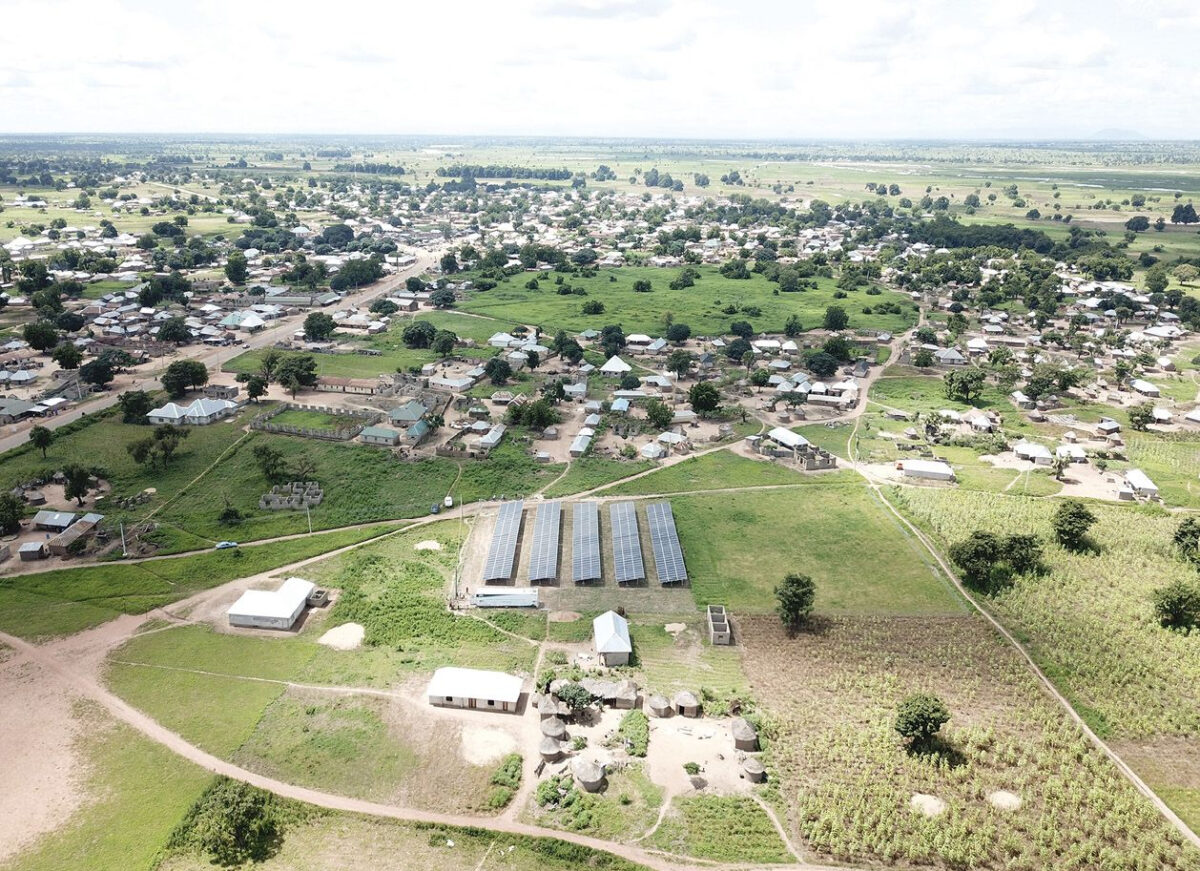
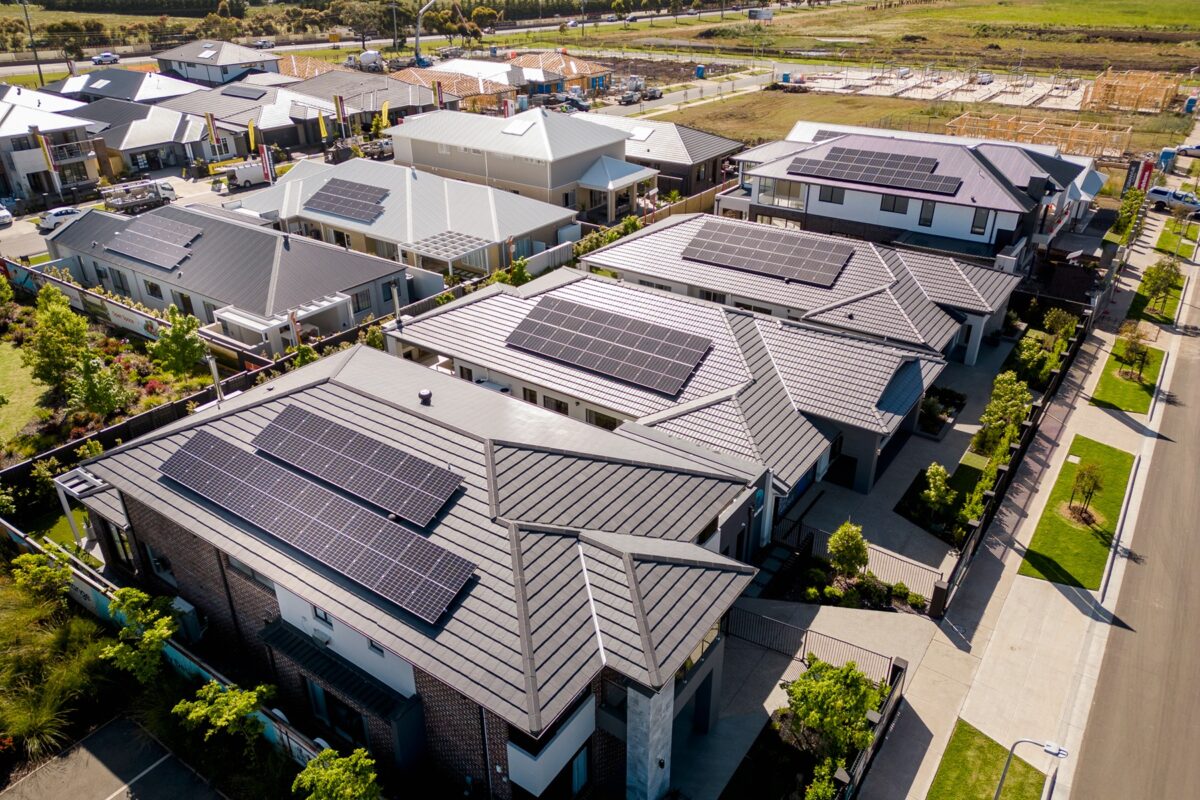


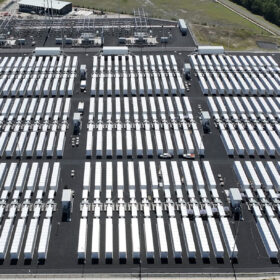
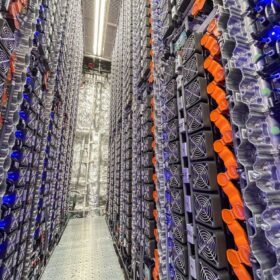
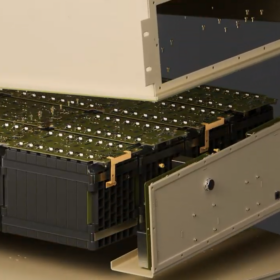

By submitting this form you agree to pv magazine using your data for the purposes of publishing your comment.
Your personal data will only be disclosed or otherwise transmitted to third parties for the purposes of spam filtering or if this is necessary for technical maintenance of the website. Any other transfer to third parties will not take place unless this is justified on the basis of applicable data protection regulations or if pv magazine is legally obliged to do so.
You may revoke this consent at any time with effect for the future, in which case your personal data will be deleted immediately. Otherwise, your data will be deleted if pv magazine has processed your request or the purpose of data storage is fulfilled.
Further information on data privacy can be found in our Data Protection Policy.